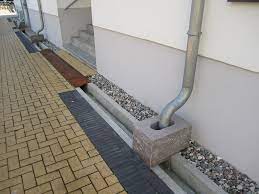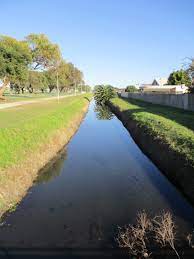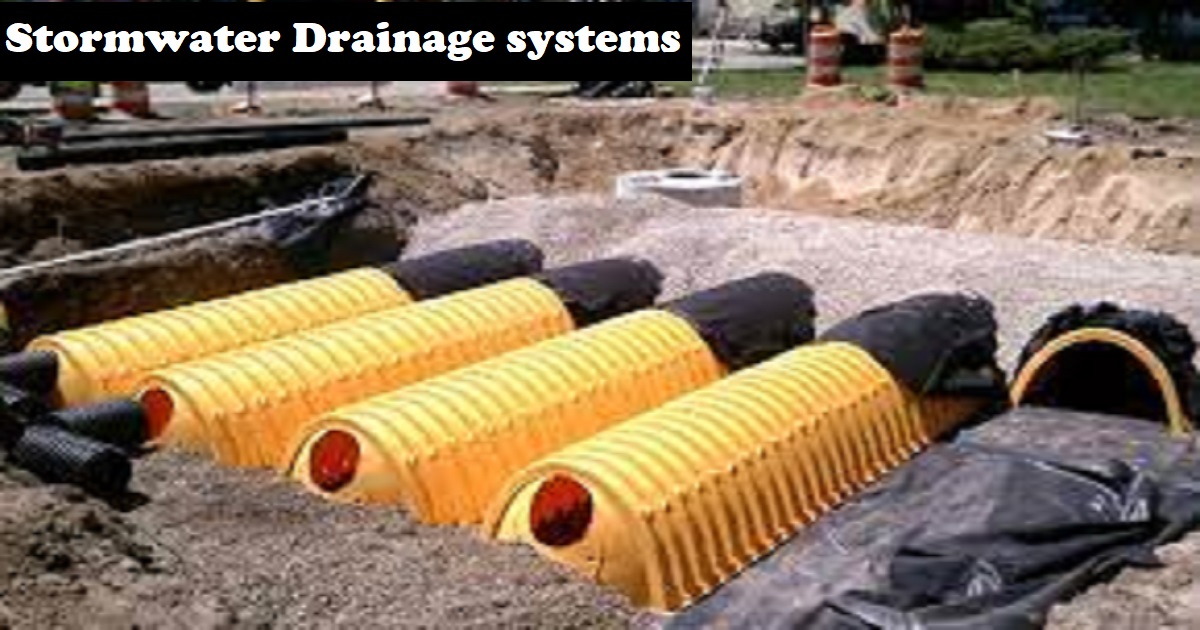What is a Stormwater drainage system?
The network of buildings, channels, or underground pipes that transport stormwater from a town or city’s streets and roads to ponds, lakes, streams, and rivers is known as the stormwater drainage system. Each year the rainfall results in the formation of stormwater. The stormwater all over different places, which is not absorbed by the ground due to hard surfaces, spills over the roads and is collected by these underground storm water drainage systems.
It is considered an integral part of modern city systems designed to control the quantity of rainwater runoff. However, it is not a part of those water channels that carries water and waste from drains and toilets to treatment plants.
This article will serve as a comprehensive guide about stormwater drainage systems, covering their purpose, different types, and how one can adopt different ways to prevent flooding due to surface water.
Purpose of the stormwater drainage systems
The core purpose of the stormwater drainage system is to collect water from rainfall runoff from all across the city or town and to discharge it slowly to the downstream rivers or natural water reservoirs.
The other purpose of the stormwater drainage system is to separate the stormwater from the wastewater collected by disposing of gutters, bathtubs, and showers.
Another purpose of this type of water system is to lessen the chances of flooding caused by the high rainfall that may develop in local lakes and rivers as well as the municipal drainage system.
Another benefit of the drainage system is that it protects the land, properties, and environment from cracking, damage, or erosion and from becoming soggy as water does not collect in the drain.
Where does the storm drain water go?
Storm drains are designed to carry rainwater away from buildings and other structures. They are typically covered by pavement or another surface impervious to water, such as concrete or asphalt. Storm usually drains empty into a wastewater treatment facility or a body of water. Water-sensitive landscapes should be free of unnecessary obstructions so water can drain away quickly.
During heavy rains, it’s essential to keep an eye on your storm drains so you can help prevent flooding and erosion. If you see water overflowing from the storm drain, don’t ignore it. Immediately clear the drain, so the water doesn’t pile up and cause problems for you and your neighbors.
If you have a storm drain on your property, you should know where the water goes and how it is discharged. The water should exit the building and go through a grate before entering the ground. Doing so will reduce the chances of flooding and ensure that pollutants do not enter the building. If the storm drain is located near an open area or in an alleyway, covering it with a grate can prevent runoff from entering nearby areas.
Different types of stormwater drainage systems

In case you’re about to implement a stormwater solution on your property or in streets or cities, or if you’re looking for a better alternative, here are five types of stormwater drainage systems;
- Slot drains
- Open storm drains
- Closed storm drains
- French drain
- Permeable pavement
Slot drains
A more recent development in drainage technology is the use of slots. They use long, narrow drain slots, which frequently span the whole length of a space. Slot drains are a particular kind of floor drain (channel drainage) that have a body shaped like a channel or a through and are used to remove surface water quickly and contain chemical spills or utility lines.
Read More: Breaker Tripped: A Complete Guide About What Are The Reasons Your Circuit Breaker Keeps Tripping?
They work well for outdoor spaces that don’t need a lot of drainage, but when there is a lot of rain, they can flood quickly. Light rainstorms and other conditions with low precipitation rates suit their use. Compared to other types of drains, they are also straightforward to clean and may be used for driving and walking without any problems.
Open storm drains

The most basic way to drain rain and stormwater is through open storm drains. Open storm drains typically run perpendicular to a neighboring road or perpendicular to a property’s edge. They have extensive, open channels for carrying stormwater in a free-flowing manner. These pathways frequently lead water to a neighborhood sewer system, where it can be handled and treated.
The open storm might be expensive to install, but once they are in place, they are typically inexpensive to maintain. Their advantage is that the separately collected stormwater has a significant chance of raising rural agriculture production.They are an excellent option for folks who want to gather surface water quickly and aren’t very bothered with aesthetics.
Closed storm drains
Any closed stormwater drain that connects to a nearby underground sewer system contributes to the majority of stormwater management system nowadays. Closed storm drain grates can be seen at low spots in parking lots, trenches next to sidewalks, and other places where water tends to gather, whether on purpose or accidentally.
Closed drainage systems transport stormwater through pipes, ditches, and utility holes to detention basins or other concentrated infiltration regions.
French drain
French drains are the best technique to stop water from gathering near the foundation of your house or other structure. These stormwater drains frequently use tiny grates that are close to a building’s foundation.
The drains directs the water into long pipes that transport it away from the building’s edge and onto the street or a water retention basin. The best thing about French drains is that their long pipes are almost always hidden by attractive stones or grass.
Permeable pavement
Although permeable pavement may seem more like a stormwater drainage solution than a paving solution, it serves both purposes. You may convert your entire parking lot or paved area into one significant storm drain using permeable pavement in place of standard asphalt and concrete.
The water falls into the ground where it belongs after passing through the gravel caught in the pavers. You may convert your entire parking lot or paved area into one significant storm drain using permeable pavement in place of standard asphalt and concrete. The water falls to the ground where it belongs after passing through the gravel caught in the pavers.
Ways to prevent surface water flooding
Surface water flooding occurs when water flows into a building due to excessive rainfall. It can happen in low-lying areas near streams and rivers, particularly during heavy rainstorms. Surface water flooding differs from basement flooding because it occurs at ground level. When the ground is saturated with excess water, it can cause the surrounding soil and basements to cave in. Luckily, there are several ways to prevent surface water flooding and basement flooding. There’s a few ways to stop flooding from surface water.
First, make sure your home’s foundation is sturdy enough to hold it. It would help if you also made sure that there is enough space around your home for flood waters to flow away from your home.
Secondly, you should make sure that your drainage system is functioning correctly. For that, what you can do is check the soil under your home for potential leaks or cracks. Any cracks or seepage should be repaired as quickly as possible.
You can also use drain covers to keep debris and other objects from clogging up your drainage system. You should also ensure that the system is well maintained so that it can handle all unwanted elements coming in a way.
Conclusion
Stormwater drainage systems are great for protecting property but can also require a lot of work. They are typically expensive to install, but once in place, they are very cheap to maintain. In addition, stormwater drainage systems typically offer many benefits to surrounding communities, including improved environmental pollution, reduction of erosion, and prevention of urban flooding.
Their most significant benefit, however, is that the inner core of a stormwater drainage system can often be reused as a biofilm.
Apart from this, if you are interested to know more about Screened Lanai Porch then visit our HOME IMPROVEMENT category.








